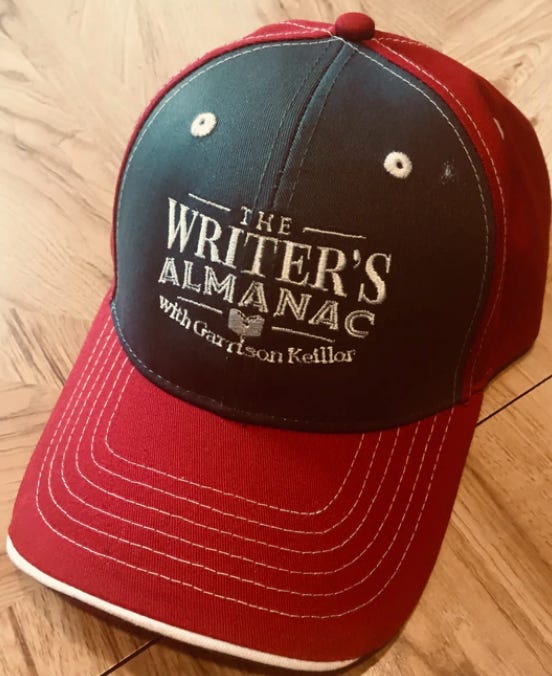 |
“From June to December Summer Villanelle” by Wendy Cope from Making Cocoa for Kingsley Amis. © Faber & Faber, 1986.
ORIGINAL TEXT AND AUDIO - 2016
Today is the birthday
His first professional mentor was architect Louis Sullivan. Sullivan coined the saying “form follows function,” and he believed that American architecture should have its own unique qualities and not simply try to replicate old European standards. Sullivan’s philosophy greatly influenced Wright, who took it one step further with his own theory that form and function should be one. His simple, clean designs inspired the Prairie School architects, and “Taliesin,” his Wisconsin home, was the perfect example of the Prairie Style. When it came to designing homes on commission, he always claimed that the clients’ wishes came first — but was plainly of the opinion that his clients didn’t really know what they wanted. “It’s their duty to understand, to appreciate, and conform insofar as possible to the idea of the house,” he once said.
Wright would often tell his students: “Study nature, love nature, stay close to nature. It will never fail you.” His aim was to design buildings that complemented — even seemed part of — nature. He used building materials like wood and stone, and never painted them. His designs were horizontal, with low rooflines, so that the buildings blended in with the landscape as much as possible. He incorporated walls made almost entirely of windows, to blur the line between the outdoors and the indoors. The glass walls were also functional, using winter sunlight to help heat the house. “No house should ever be on a hill or on anything,” he said. “It should be of the hill. Belonging to it. Hill and house should live together each the happier for the other.” Even when he designed skyscrapers and other urban buildings, he always tried to incorporate elements inspired by natural structures. One of the most famous of these is New York’s Solomon R. Guggenheim Museum, which resembles a giant white snail shell.
It's the birthday
Asimov said of Campbell: "When I first met him I thought of him as ageless. He was a tall, large man with light hair, a beaky nose, a wide face with thin lips, and with a cigarette in a holder forever clamped between his teeth. He was talkative, opinionated, quicksilver-minded, overbearing. Talking to him meant listening to a monologue. Some writers could not endure it and avoided him, but he reminded me of my father, so I was perfectly willing to listen to him indefinitely."
Be well, do good work, and keep in touch.®
****************************************
THE WRITER’S ALMANAC new TWO-TONED BASEBALL CAP $24.00
You’re a free subscriber to The Writer's Almanac with Garrison Keillor.
